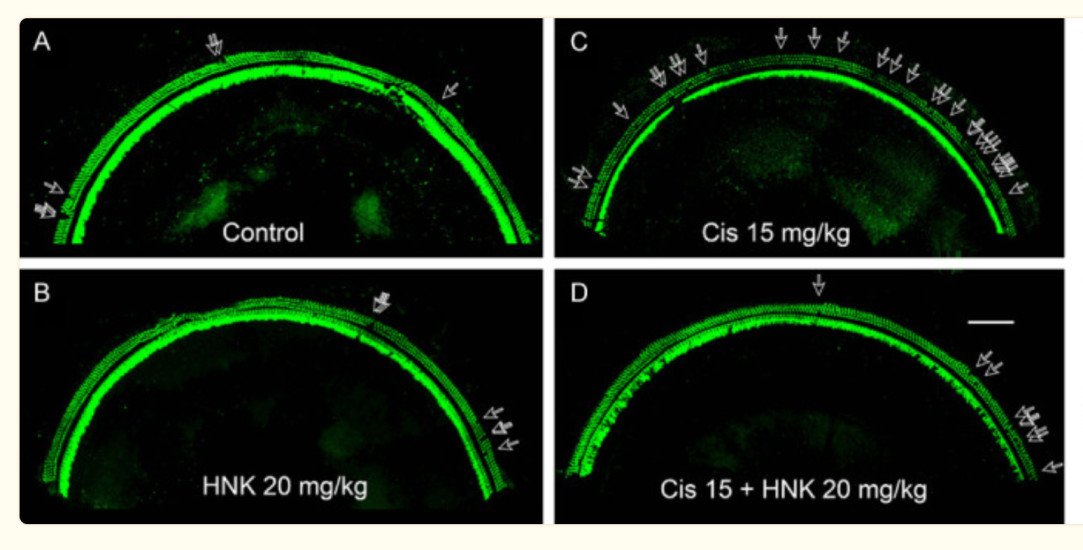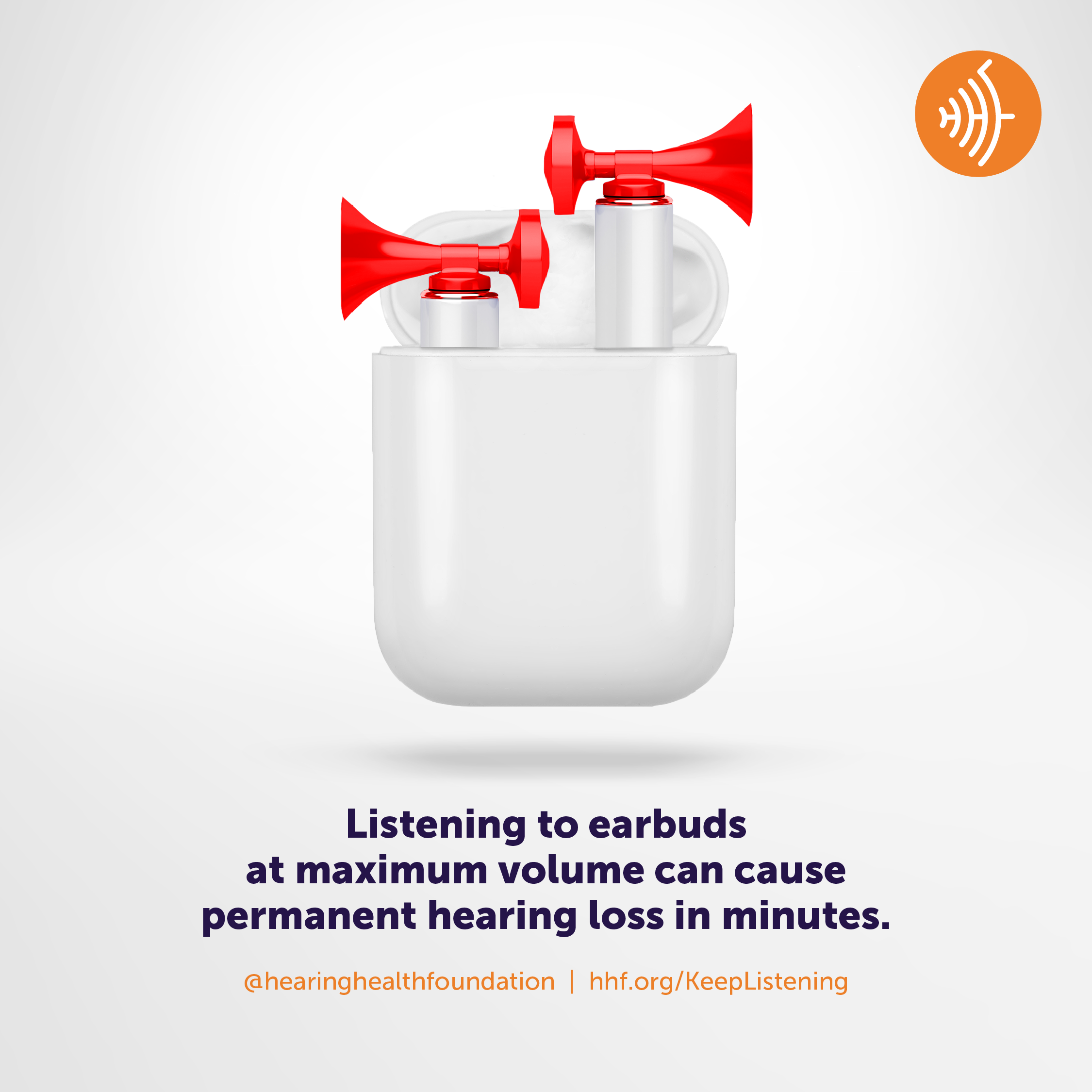About 3 in every 1,000 babies are born with hearing loss, but most instances come about later in life. Hearing loss can develop at any age. Many people with hearing loss also have tinnitus, or hearing a ringing, hissing, or roaring sound in the ears in the absence of an external sound source. Several of the most common causes of hearing loss are explained below.
Age-Related Hearing Loss (ARHL)
“Age-related hearing loss (presbycusis) is the loss of hearing that gradually occurs in most of us as we grow older. It is one of the most common conditions affecting older and elderly adults,” according to the National Institute on Deafness and Other Communication Disorders (NIDCD). “Many factors can contribute to hearing loss as you get older. It can be difficult to distinguish age-related hearing loss from hearing loss that can occur for other reasons, such as long-term exposure to noise.”
Noise-Induced Hearing Loss (NIHL)
Occurs as a result of exposure to too much loud noise, says the NIDCD. Many construction workers, farmers, musicians, airport workers, and military personnel have NIHL. Temporary tinnitus after loud noise is a warning sign that repeated exposure may cause permanent NIHL. This is the only type of hearing loss that is fully preventable.
Genetic Factors
More than half of congenital hearing loss cases, or hearing loss present at birth, are due to genetic factors and can be caused by recessive or dominant genes. Examples of heredity hearing loss include:
Connexin 26 disorder is the most common cause of congenital nonsyndromic hearing loss. This complex genetic condition leads to faulty copies of the GJB2 gene.
Otosclerosis is an inherited disease of the middle ear that causes hearing loss due to abnormal bone remodeling in the middle ear. Symptoms can include balance issues and dizziness.
Usher syndrome is the most common cause of combined hearing and vision loss, and sometimes also affecting balance.
Waardenburg syndrome is an inherited disorder often characterized by varying degrees of hearing loss and changes in skin and hair pigmentation.
Mitochondrial disorders affect cellular physiology. Children and adults with mitochondrial disorders are at high risk for hearing loss.
Head Trauma
Head trauma can directly injure any part of the ear, and can cause fluid leakage from the inner ear into the middle ear, known as perilymph fistula.
Ototoxic Medications
Some chemotherapy drugs such as cisplatin and aminoglycoside antibiotics have hearing loss as a common side effect.
Tumors
Benign tumors such as an acoustic neuroma can cause hearing loss.
Viral or Bacterial Infections
Ear infections can lead to hearing loss. In addition, “diseases or illnesses that result in high fever, such as meningitis, may damage the cochlea,” according to the Mayo Clinic. Bacterial meningitis is the most common cause of acquired hearing loss, with more than half of cases attributed to the disease.
Impacted Earwax
Earwax usually takes care of itself but if it is impacted and affecting your hearing, see an audiologist for help removing it.













Understanding the multiple mechanisms behind how aminoglycoside antibiotics are able to kill hair cells may provide new potential therapeutic avenues to make these important drugs safer.